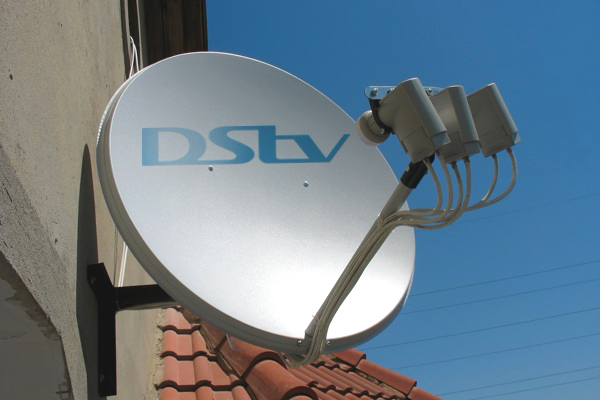Only a few people, notably those familiar with the broadcast industry, understand that there is a difference between cable and satellite television. The rest of us hold on tightly to the eminently wrong notion that cable television is the same as satellite television. To the generality of television viewers, cable television is a synonym for the satellite variety.
Wrong as this notion is, it is explained by the similarities between the two broadcast platforms. However, being similar is different from being the same. Thus, cable television is not the same as satellite television.
Cable and satellite television operate over very different technological platforms and require different equipment. The material dissimilarities also ensure that there are differences in the coverage both services provide, although the content consumers receive tends to be roughly comparable. Satellite TV services tend to be slightly cheaper.
Yet, understanding the differences between the two services is an important step in understanding the way the broadcast process works. While you may get the same channels and content, the way these get to your television is different between satellite and cable television. For satellite television, data signals are transmitted from powerful antennas to satellites orbiting in space and then down to the satellite dishes of subscribers to the service. On the other hand, cable television is transmitted through cables from the television service provider to outlets in the homes of cable television viewers.
And because the signal is different (wireless in the case of satellite television and wired in the case of cable), subscribers need different equipment to receive television content.
In addition to the cable connection, cable TV viewers often require a cable box provided by their service providers. Satellite television users need a satellite dish to access content signal and a decoder, sometimes one with the capacity to route the signal to multiple television sets.
A major advantage of satellite television is its wide availability. Access to satellite television signal is possible from any location with a clear view of the sky through a properly installed dish. Trees, buildings and wires could affect the dish’s view of the sky. Sometimes, moving the dish, even slightly, can interrupt its precise alignment and affect reception.
Conversely, cable television requires that a home be connected to a cable network, usually around areas where the provider operates, making cable signal inaccessible in many rural and sparsely populated areas.
Cable television signal, however, is not prone to weather-induced disruption, while satellite can experience interruptions of signal strength loss on account of storms of cloud cover. This, however, will be back to normal once the bad weather abates.
A securely mounted dish with good exposure to the sky will reduce the impact of bad weather on the reception of satellite signal.
Cable and satellite television packages, to the consumer, can seem almost identical. Factors like price and channels available depend more on the provider than the technology used. Though local television channels can be transmitted through cable as easily as through satellite, satellite programmes often have more robust packages of foreign channels due to greater ease of transmitting international signals through satellites in space.
Satellite TV allows users to watch free international channels picked up by the dish.





